
English Encyclopedia
 Tennessee-TN
Tennessee-TN

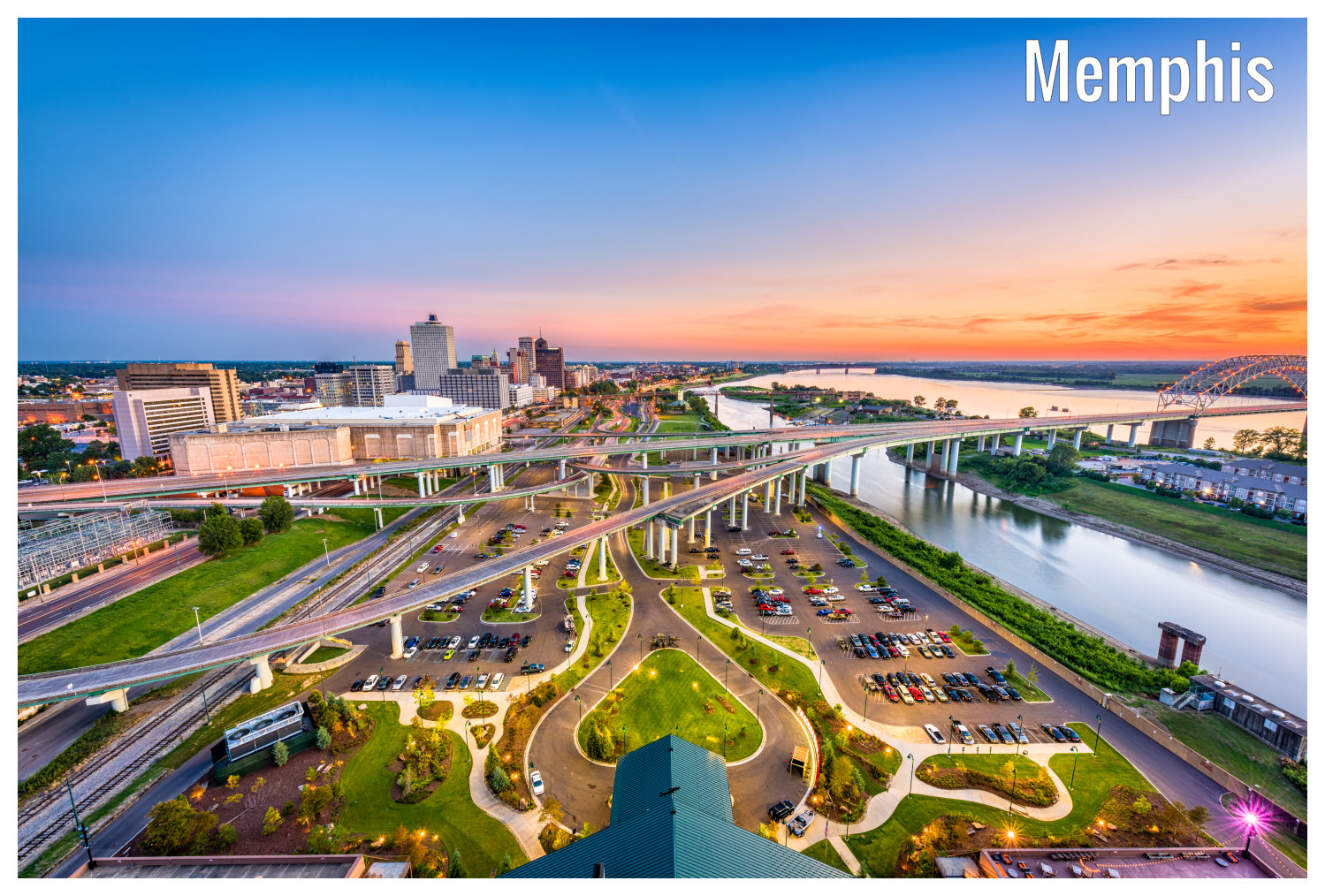
Memphis is a city along the Mississippi River in southwestern Shelby County, Tennessee, United States. Its 2020 population was 633,104,[2] making it Tennessee's second-most populous city behind Nashville; fifth-most populous city in the Southeast, the nation's 28th-largest; and the largest city proper of those situated along the Mississippi River. Greater Memphis is the 42nd-largest metropolitan area in the United States, with a population of 1,348,260 in 2017.[6] The city is the anchor of West Tennessee and the greater Mid-South region, which includes portions of neighboring Arkansas, Mississippi, and the Missouri Bootheel. Memphis is the seat of Shelby County, Tennessee's most populous county. One of the more historic and culturally significant cities of the southern United States, Memphis has a wide variety of landscapes and distinct neighborhoods.
The first European explorer to visit the area of present-day Memphis was Spanish conquistador Hernando de Soto in 1541 with his expedition into the New World. The high Chickasaw Bluffs protecting the location from the waters of the Mississippi was then contested by the Spanish, French, and the English as Memphis took shape. Modern Memphis was founded in 1819 by three prominent Americans: John Overton, James Winchester, and future president Andrew Jackson.[7]
Memphis grew into one of the largest cities of the Antebellum South as a market for agricultural goods, natural resources like lumber, and the American slave trade. After the American Civil War and the end of slavery, the city experienced even faster growth into the 20th century as it became among the largest world markets for cotton[8] and lumber.
Home to Tennessee's largest African-American population, Memphis played a prominent role in the American civil rights movement and was the site of Martin Luther King Jr.'s 1968 assassination. The city now hosts the National Civil Rights Museum—a Smithsonian affiliate institution. Since the civil rights era, Memphis has become one of the nation's leading commercial centers in transportation and logistics.[9] Its largest employer is the multinational courier corporation FedEx, which maintains its global air hub at Memphis International Airport, making it the busiest cargo airport in the world. In addition to being the global air cargo leader, the International Port of Memphis also hosts the fifth-busiest inland water port in the U.S., with access to the Mississippi River[10] allowing shipments to arrive from around the world for conversion to train and trucking transport throughout the United States, making Memphis a multi-modal hub for trading goods for imports and exports despite its inland location.
Memphis is a regional center for commerce, education, media, art, and entertainment. It has long had a prominent music scene,[11] with historic blues clubs on Beale Street originating the unique Memphis blues sound in the early 20th century. The city's music has continued to be shaped by a multicultural mix of influences: the blues, country, rock and roll, soul, and hip-hop. Memphis-style barbecue has achieved international prominence, and the city hosts the World Championship Barbecue Cooking Contest, which attracts over 100,000 visitors to the city annually.

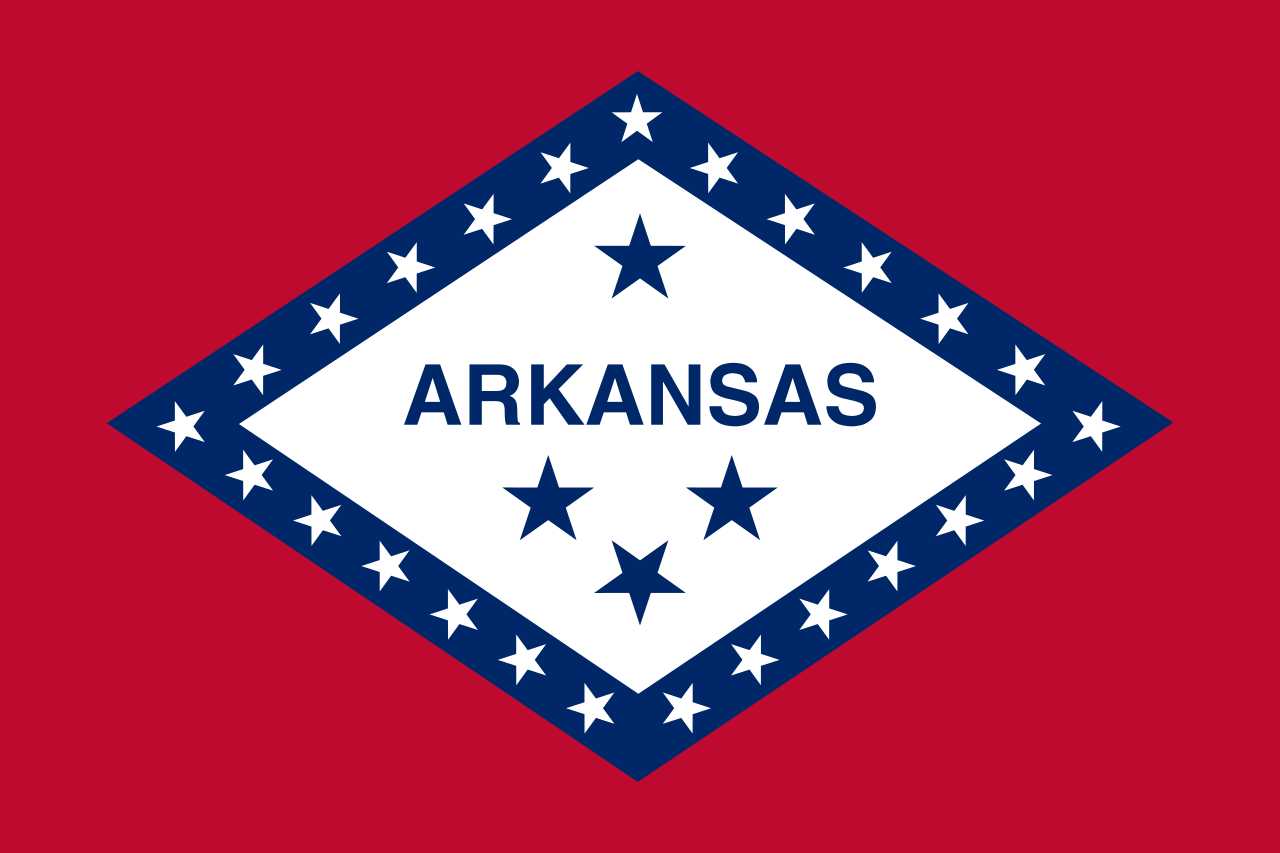 Arkansas-AR
Arkansas-AR

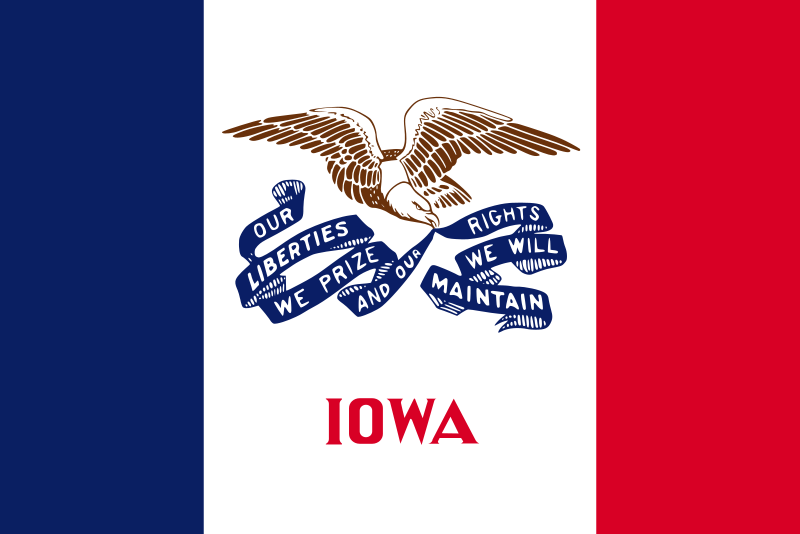 Iowa-IA
Iowa-IA

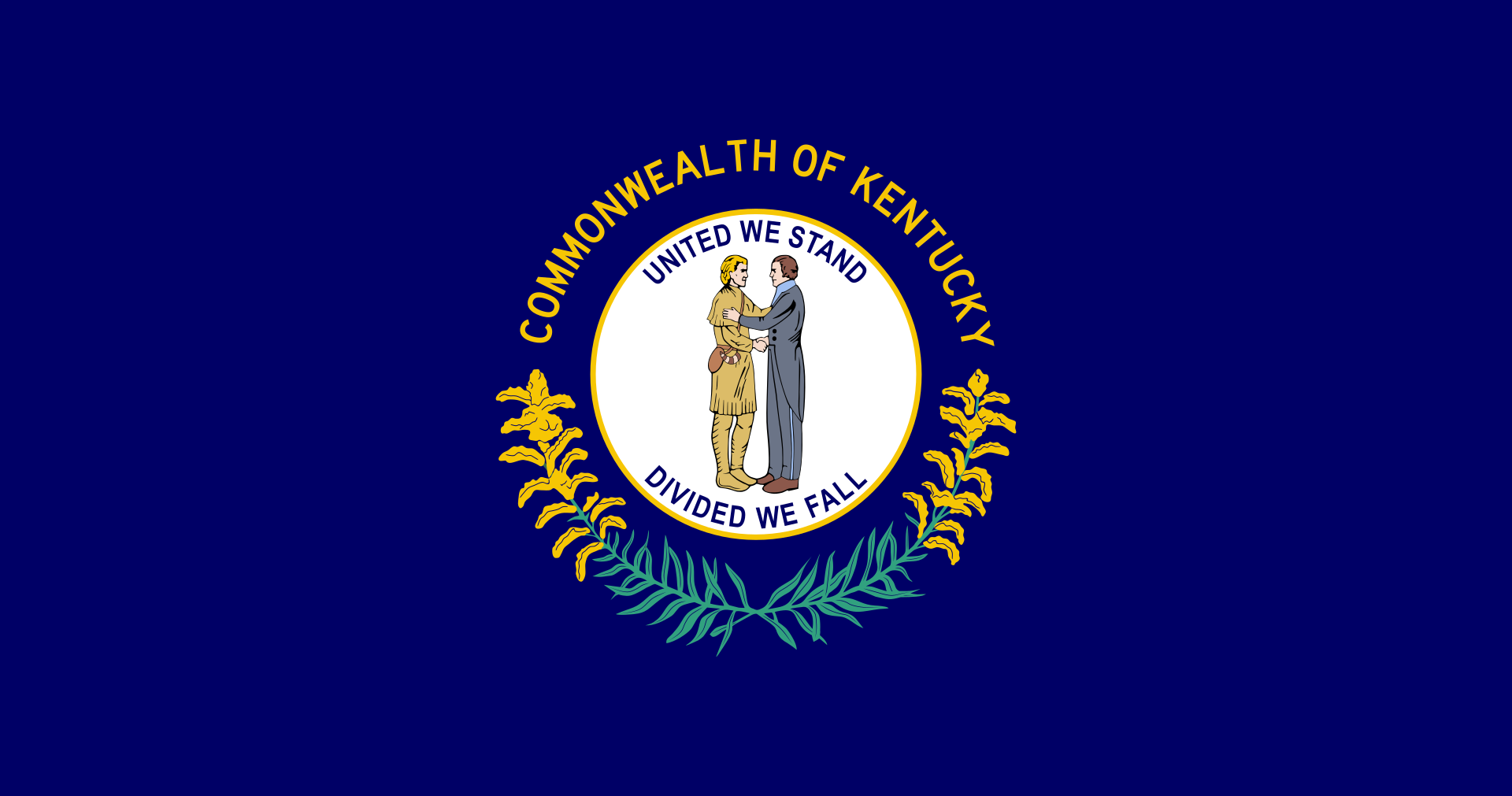 Kentucky-KY
Kentucky-KY

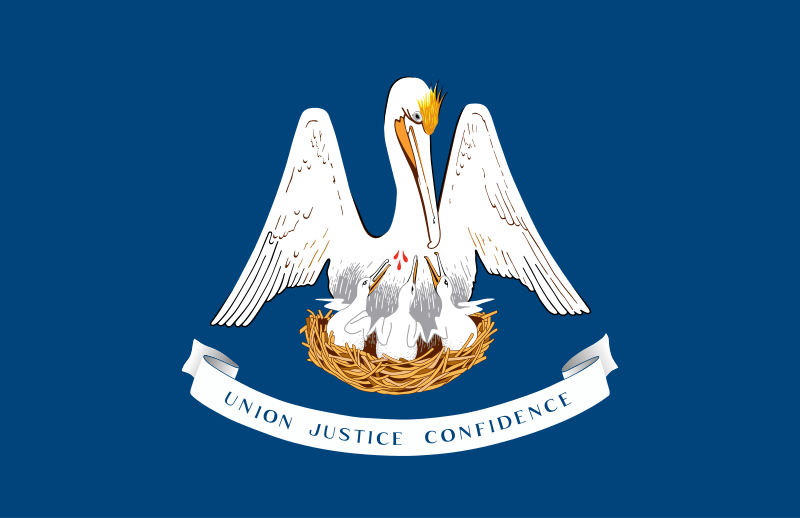 Louisiana-LA
Louisiana-LA

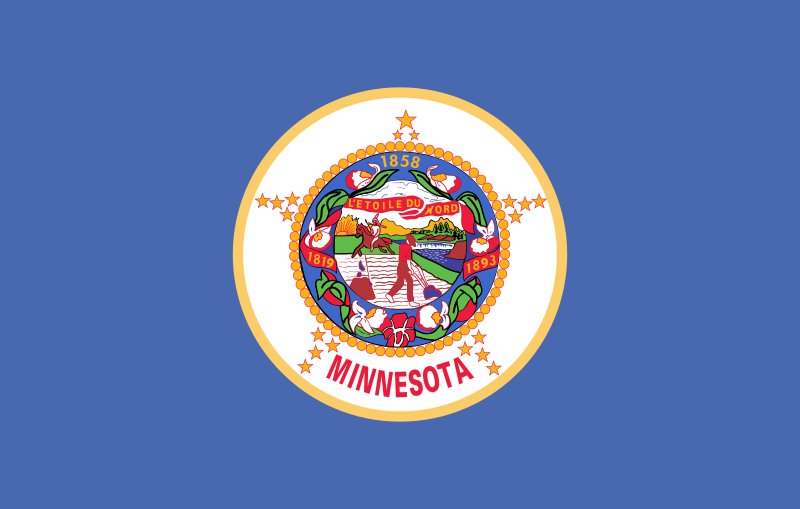 Minnesota-MN
Minnesota-MN
 Mississippi River
Mississippi River

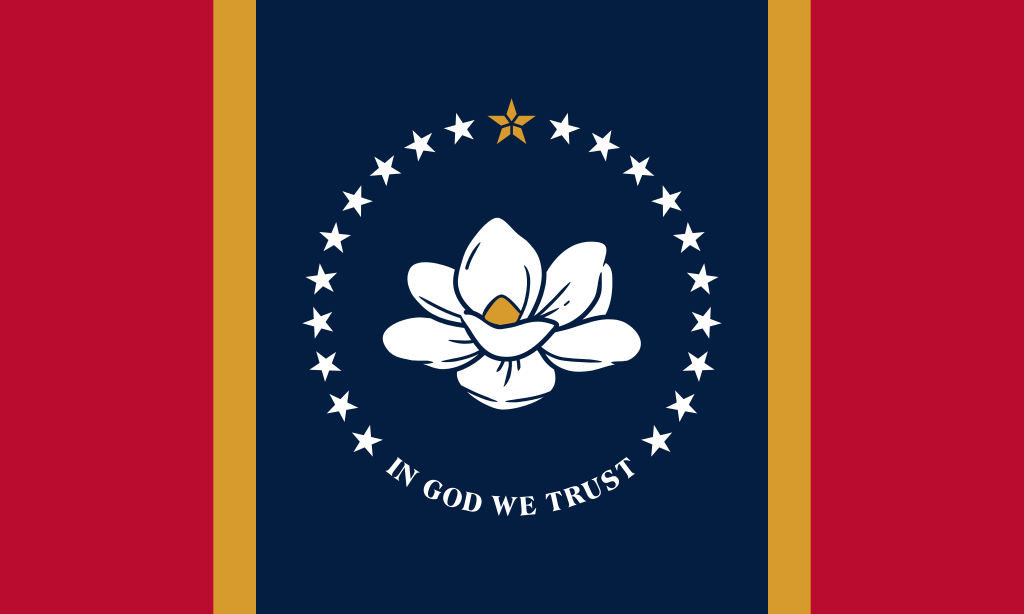 Mississippi-MS
Mississippi-MS

 Missouri-MO
Missouri-MO

 Tennessee-TN
Tennessee-TN
 United States
United States

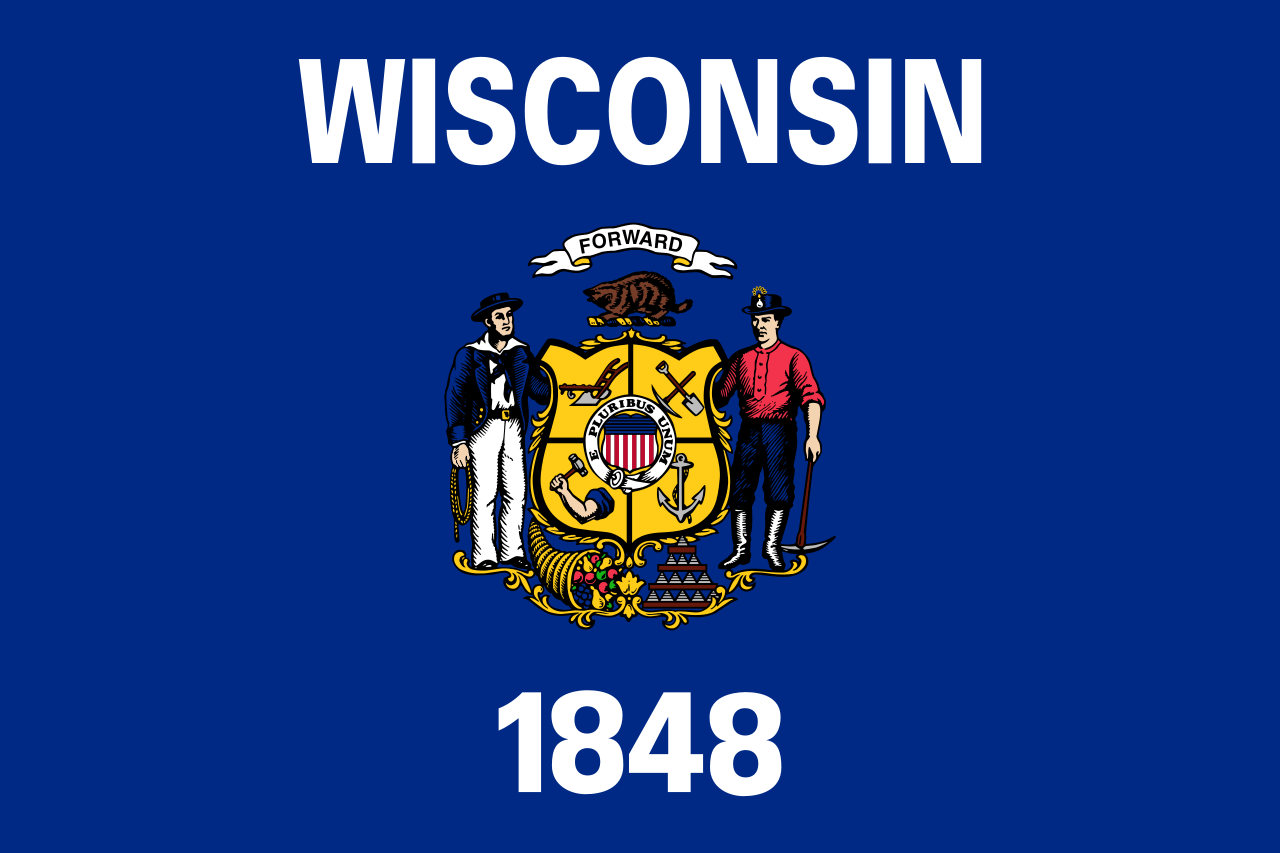 Wisconsin-WI
Wisconsin-WI
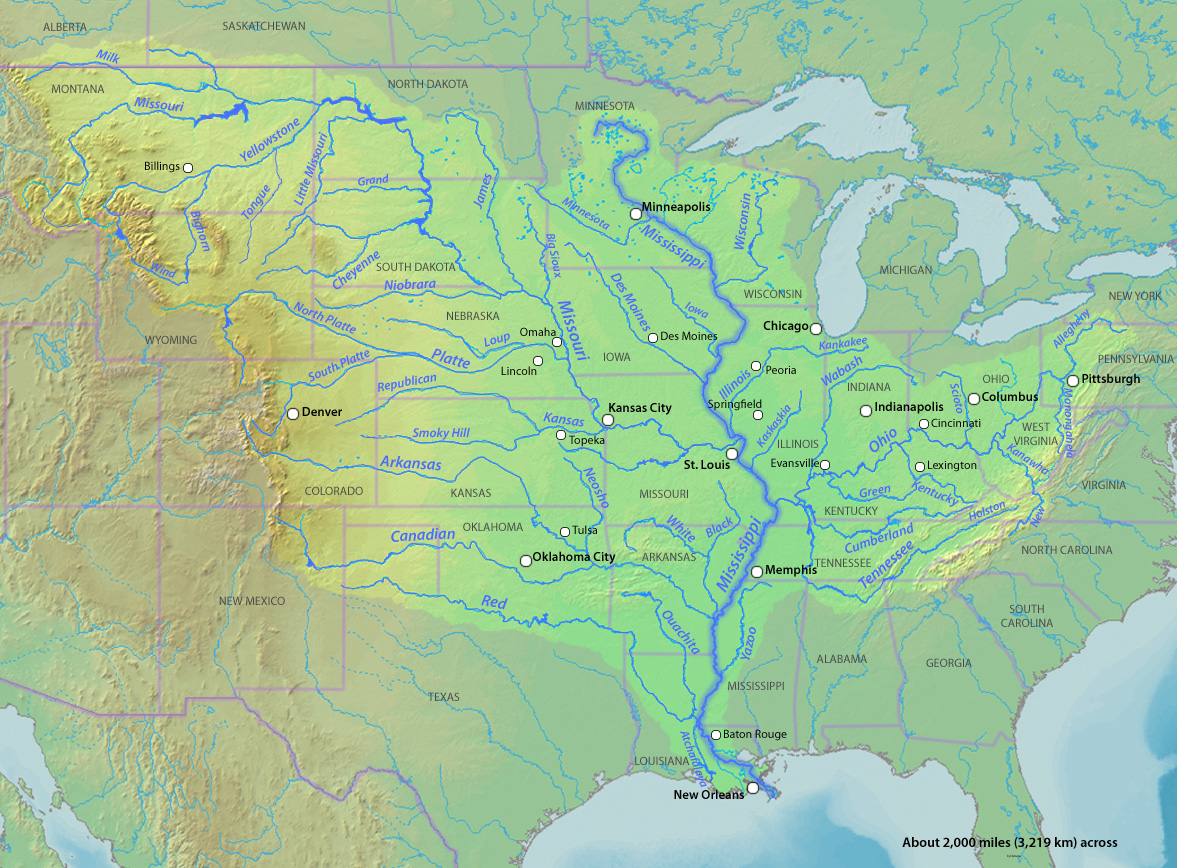
The Mississippi River is the second-longest river and chief river of the second-largest drainage system on the North American continent, second only to the Hudson Bay drainage system.[14][15] From its traditional source of Lake Itasca in northern Minnesota, it flows generally south for 2,320 miles (3,730 km)[15] to the Mississippi River Delta in the Gulf of Mexico. With its many tributaries, the Mississippi's watershed drains all or parts of 32 U.S. states and two Canadian provinces between the Rocky and Appalachian mountains.[16] The main stem is entirely within the United States; the total drainage basin is 1,151,000 sq mi (2,980,000 km2), of which only about one percent is in Canada. The Mississippi ranks as the fourth-longest river and fifteenth-largest river by discharge in the world. The river either borders or passes through the states of Minnesota, Wisconsin, Iowa, Illinois, Missouri, Kentucky, Tennessee, Arkansas, Mississippi, and Louisiana.[17][18]
Native Americans have lived along the Mississippi River and its tributaries for thousands of years. Most were hunter-gatherers, but some, such as the Mound Builders, formed prolific agricultural societies. The arrival of Europeans in the 16th century changed the native way of life as first explorers, then settlers, ventured into the basin in increasing numbers.[19] The river served first as a barrier, forming borders for New Spain, New France, and the early United States, and then as a vital transportation artery and communications link. In the 19th century, during the height of the ideology of manifest destiny, the Mississippi and several western tributaries, most notably the Missouri, formed pathways for the western expansion of the United States.
Formed from thick layers of the river's silt deposits, the Mississippi embayment is one of the most fertile regions of the United States; steamboats were widely used in the 19th and early 20th centuries to ship agricultural and industrial goods. During the American Civil War, the Mississippi's capture by Union forces marked a turning point towards victory, due to the river's strategic importance to the Confederate war effort. Because of substantial growth of cities and the larger ships and barges that replaced steamboats, the first decades of the 20th century saw the construction of massive engineering works such as levees, locks and dams, often built in combination. A major focus of this work has been to prevent the lower Mississippi from shifting into the channel of the Atchafalaya River and bypassing New Orleans.
Since the 20th century, the Mississippi River has also experienced major pollution and environmental problems – most notably elevated nutrient and chemical levels from agricultural runoff, the primary contributor to the Gulf of Mexico dead zone.
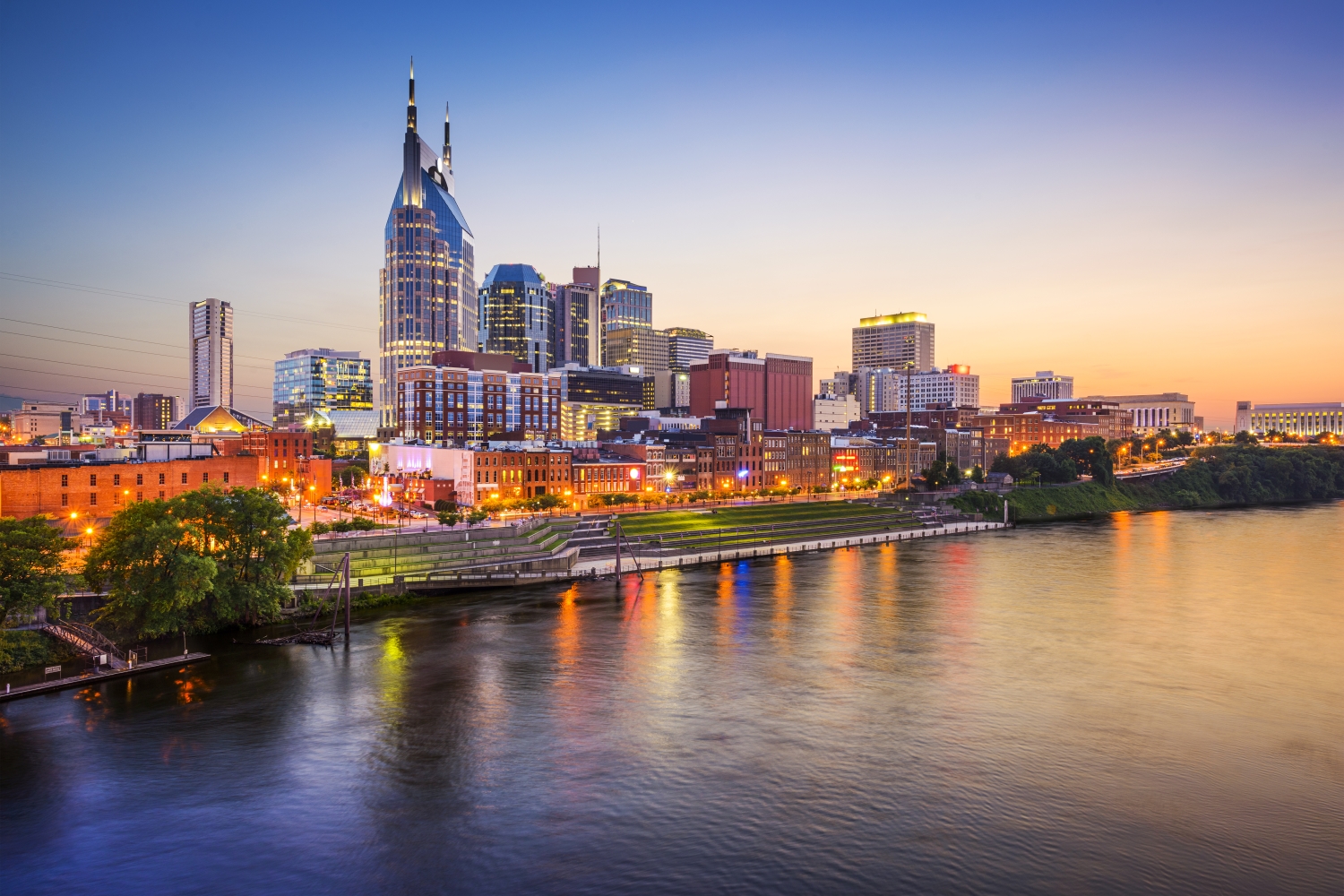
Nashville is the capital and most populous city of the U.S. state of Tennessee. It is the county seat of Davidson County and is located on the Cumberland River.[7] With a population of 689,447 as of the 2020 U.S. census,[5] Nashville is the 21st most-populous city in the United States and the fourth most populous city in the Southeastern United States.
Named for Francis Nash, a general of the Continental Army during the American Revolutionary War, the city was founded in 1779. The city grew quickly due to its strategic location as a port on the Cumberland River and, in the 19th century, a railroad center. Nashville seceded with Tennessee during the American Civil War; in 1862 it was the first state capital in the Confederacy to fall to Union troops. After the war, the city reclaimed its position and developed a manufacturing base.
Since 1963, Nashville has had a consolidated city-county government, which includes six smaller municipalities in a two-tier system. The city is governed by a mayor, a vice-mayor, and a 40-member metropolitan council; 35 of the members are elected from single-member districts, while the other five are elected at-large. Reflecting the city's position in state government, Nashville is home to the Tennessee Supreme Court's courthouse for Middle Tennessee, one of the state's three divisions.
A major center for the music industry, especially country music, Nashville is commonly known as "Music City".[8] It is also home to numerous colleges and universities, including Tennessee State University, Vanderbilt University, Belmont University, Fisk University, Trevecca Nazarene University, Lipscomb University, and The Belonging Co College, a satellite campus of Southeastern University (Florida) housed within The Belonging Co, a nondenominational Christian church. Nashville is sometimes referred to as "Athens of the South" due to the large number of educational institutions.[9] The city is also a major center for the healthcare,[10] publishing,[11] banking,[12] automotive,[13] technology,[14] and transportation industries. Entities with headquarters in the city include AllianceBernstein,[15] Asurion,[16] Bridgestone Americas,[17] Captain D's,[18] Hospital Corporation of America,[19] LifeWay Christian Resources,[20] Logan's Roadhouse,[21] and Ryman Hospitality Properties.
The Parthenon in Centennial Park, in Nashville, Tennessee, is a full-scale replica of the original Parthenon in Athens. It was designed by architect William Crawford Smith and built in 1897 as part of the Tennessee Centennial Exposition.
Today the Parthenon, which functions as an art museum, stands as the centerpiece of Centennial Park, a large public park just west of downtown Nashville. Alan LeQuire's 1990 re-creation of the Athena Parthenos statue in the naos (the east room of the main hall) is the focus of the Parthenon just as it was in ancient Greece. Since the building is complete and its decorations were polychromed (painted in colors) as close to the presumed original as possible, this replica of the original Parthenon in Athens serves as a monument to what is considered the pinnacle of classical architecture. The plaster replicas of the Parthenon Marbles found in the Treasury Room (the west room of the main hall) are direct casts of the original sculptures which adorned the pediments of the Athenian Parthenon, dating back to 438 BC. The surviving originals are housed in the British Museum in London and at the Acropolis Museum in Athens.

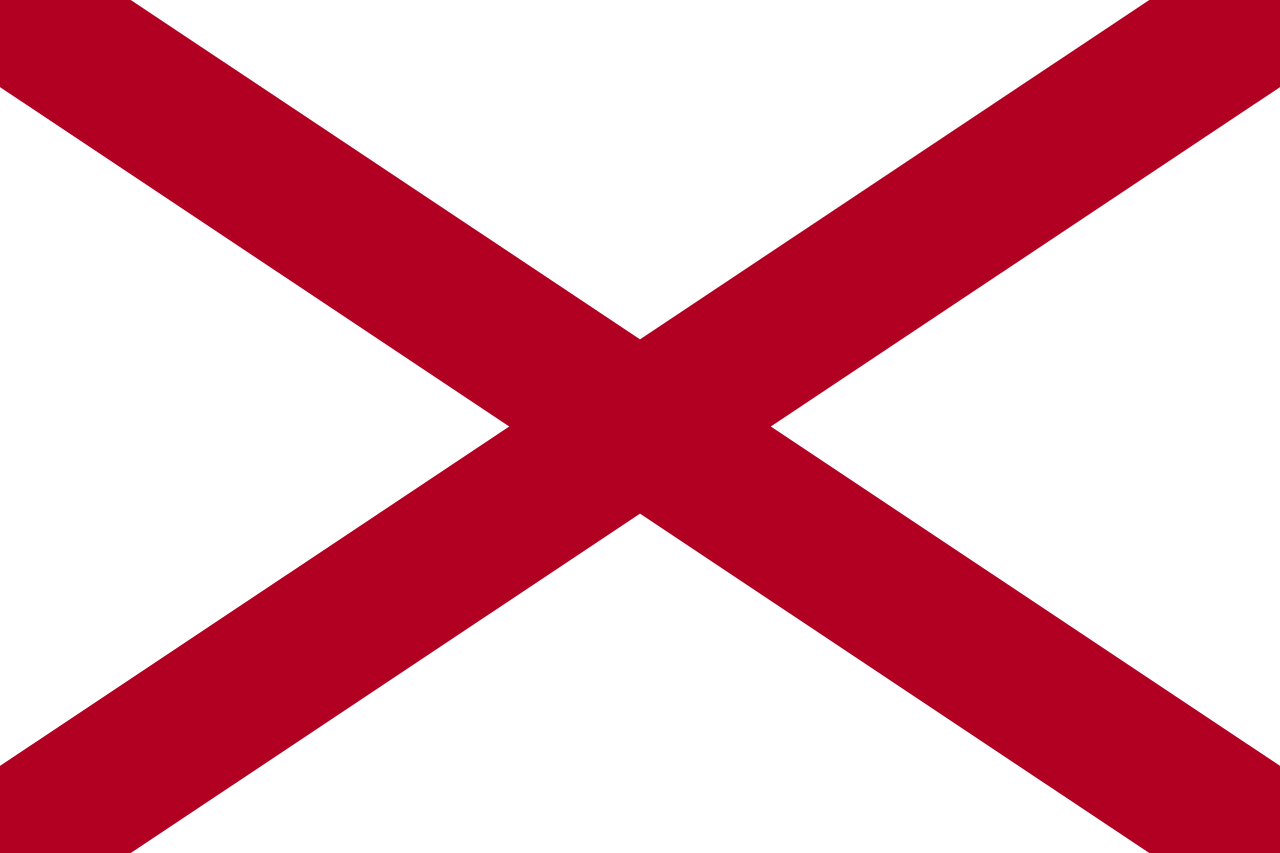 Alabama-AL
Alabama-AL

 Alaska-AK
Alaska-AK

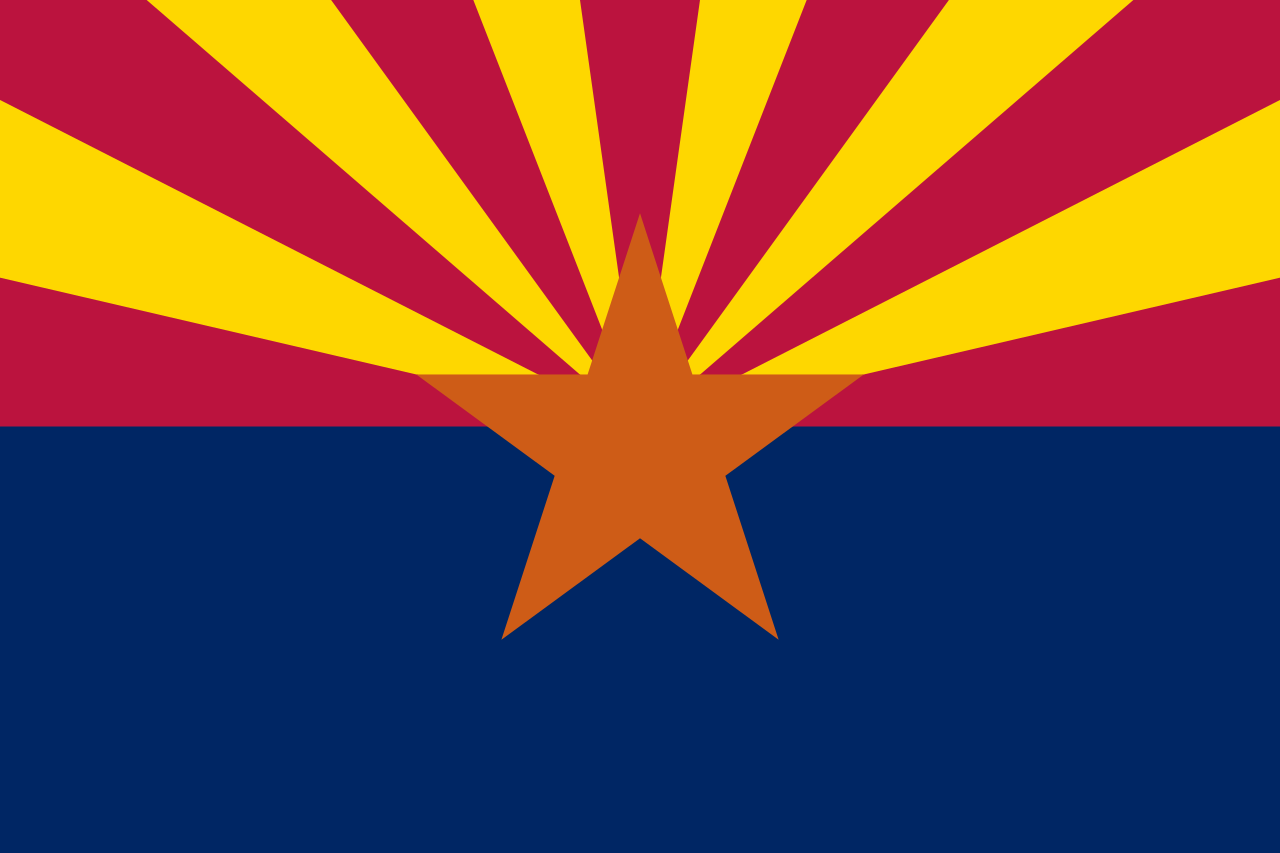 Arizona-AZ
Arizona-AZ

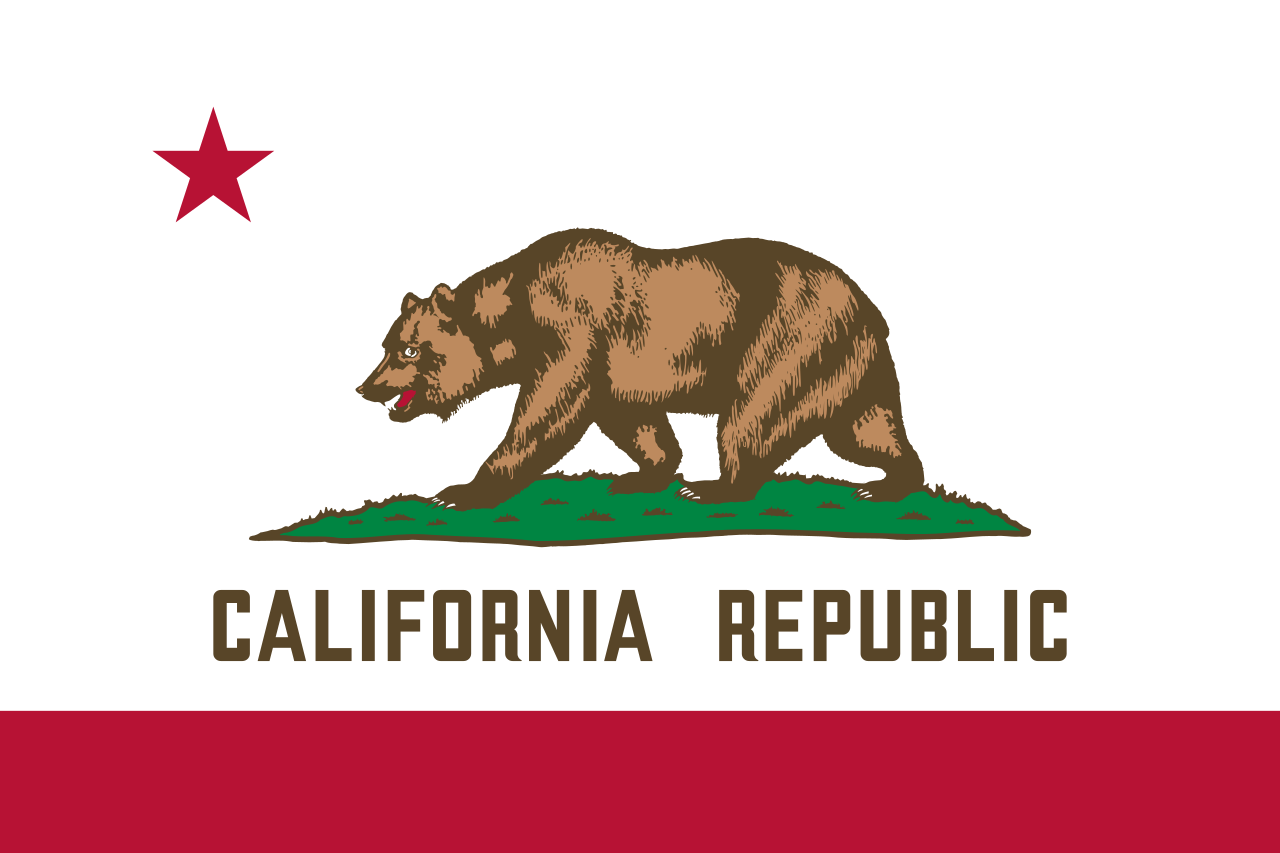 California-CA
California-CA

 Colorado-CO
Colorado-CO

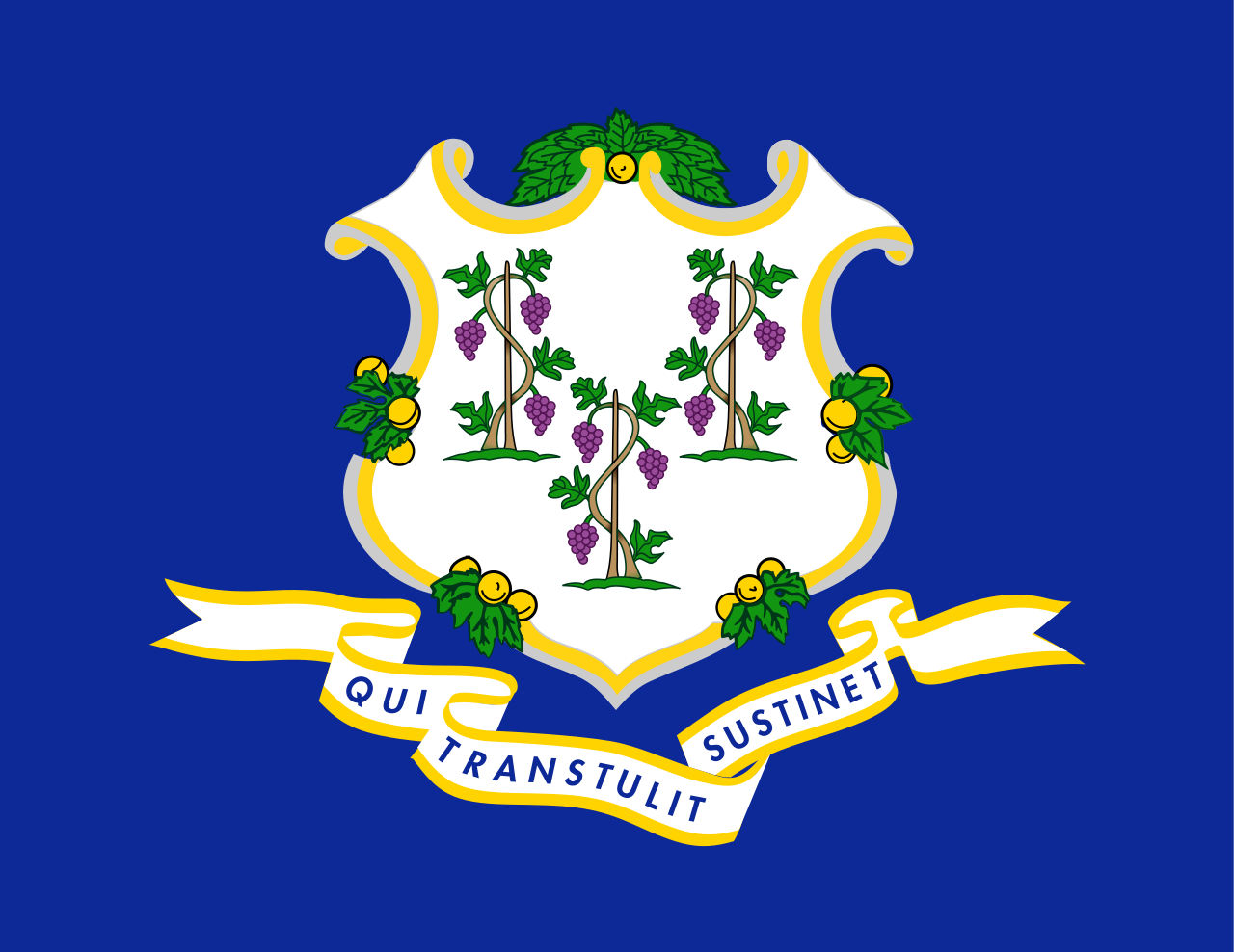 Connecticut-CT
Connecticut-CT

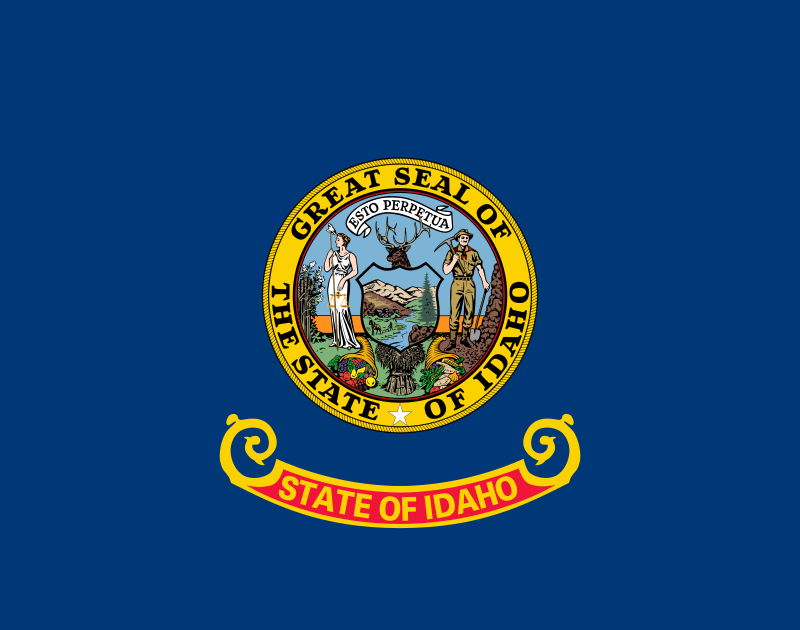 Idaho-ID
Idaho-ID

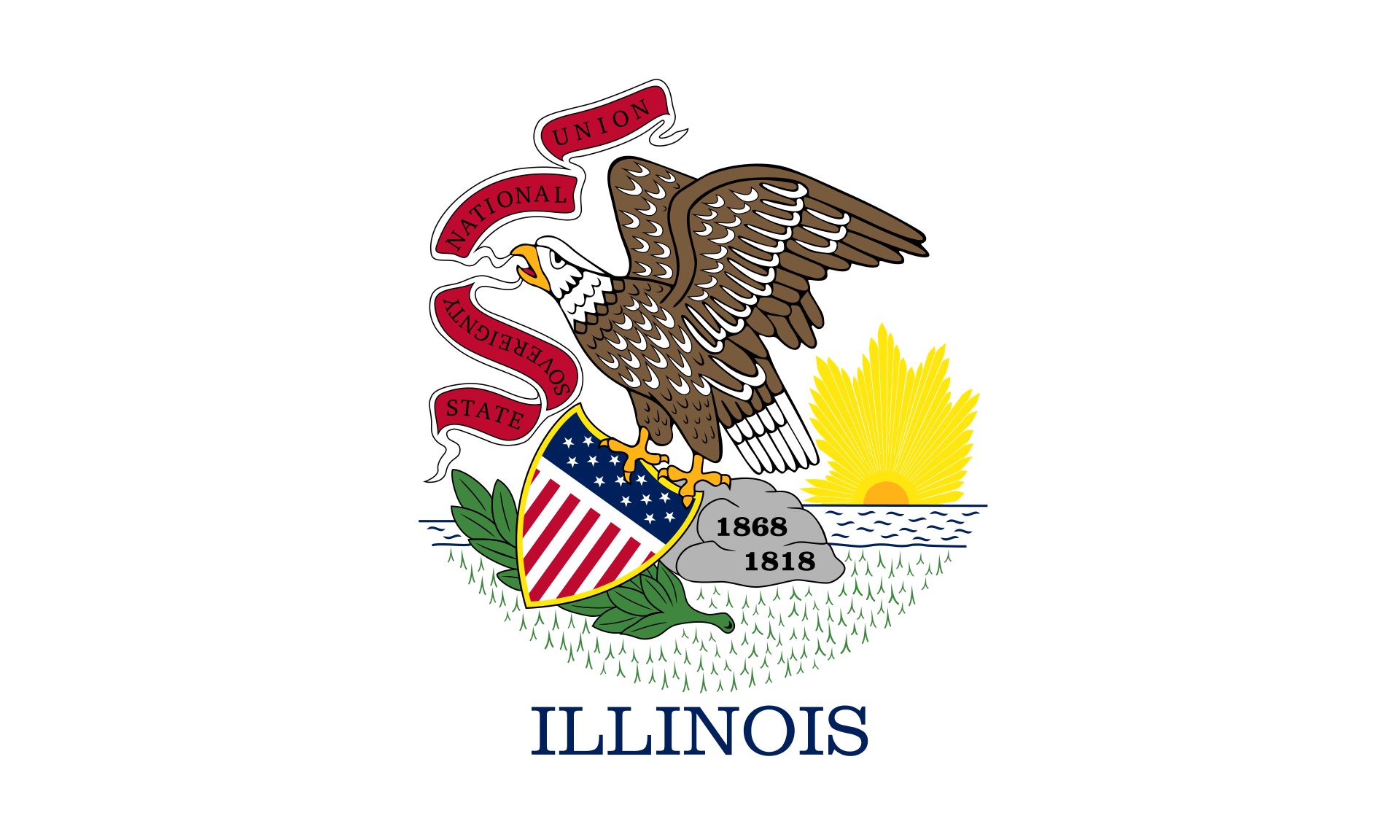 Illinois-IL
Illinois-IL

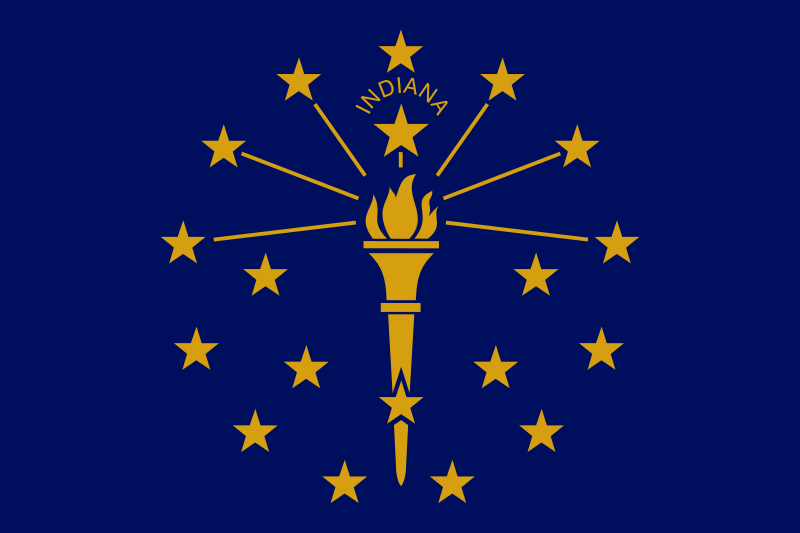 Indiana-IN
Indiana-IN

 Iowa-IA
Iowa-IA

 Maine-ME
Maine-ME

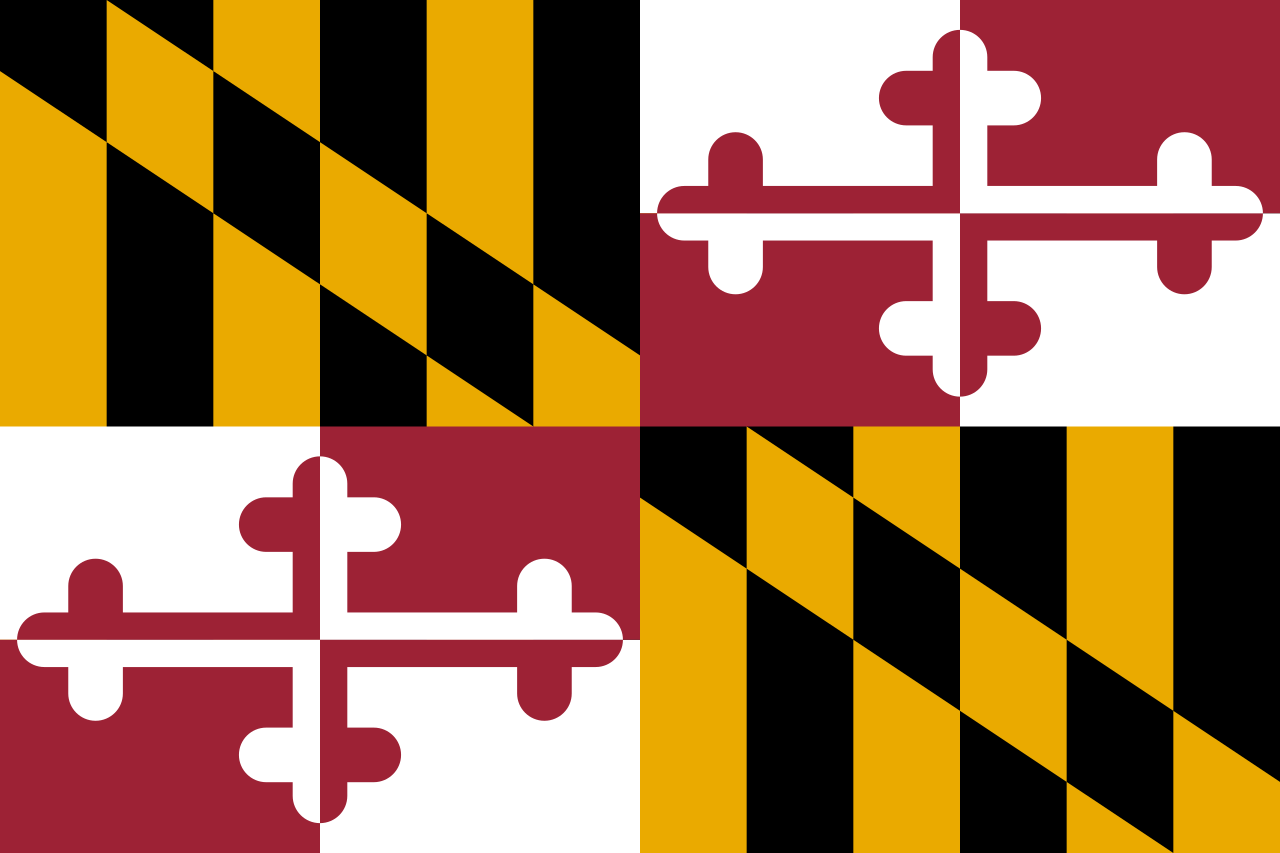 Maryland-MD
Maryland-MD

 Massachusetts-MA
Massachusetts-MA

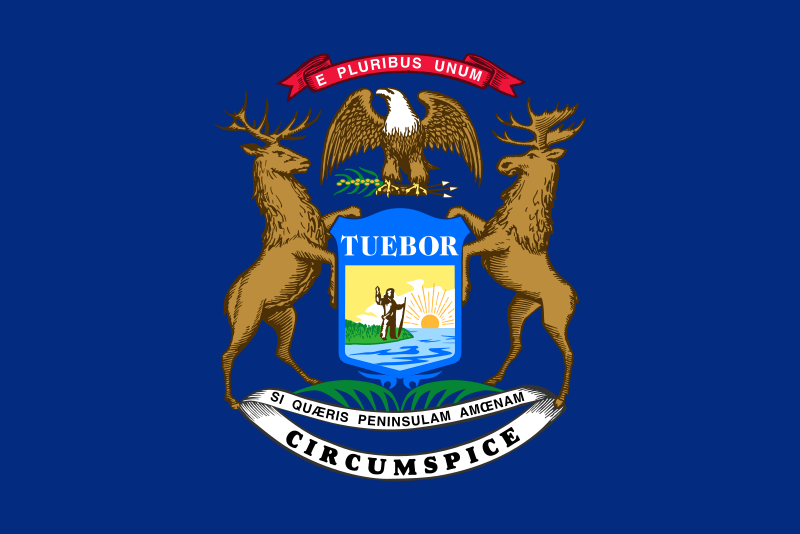 Michigan-MI
Michigan-MI

 Minnesota-MN
Minnesota-MN

 Missouri-MO
Missouri-MO

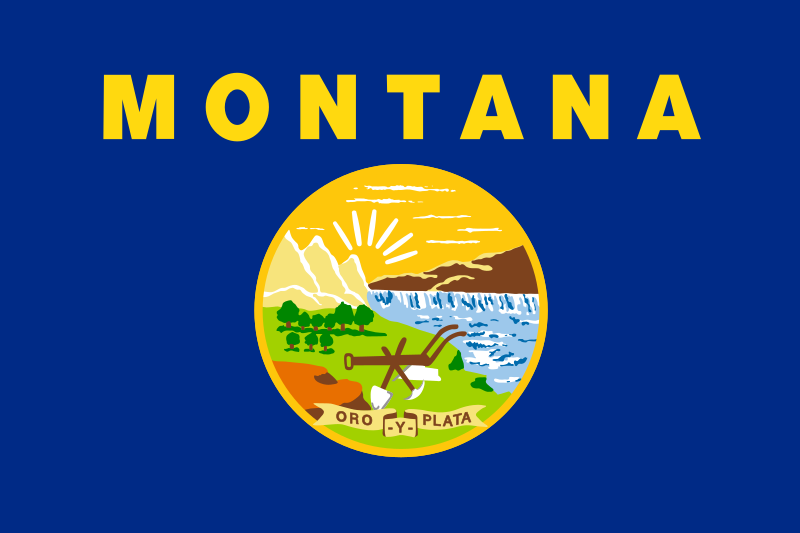 Montana-MT
Montana-MT

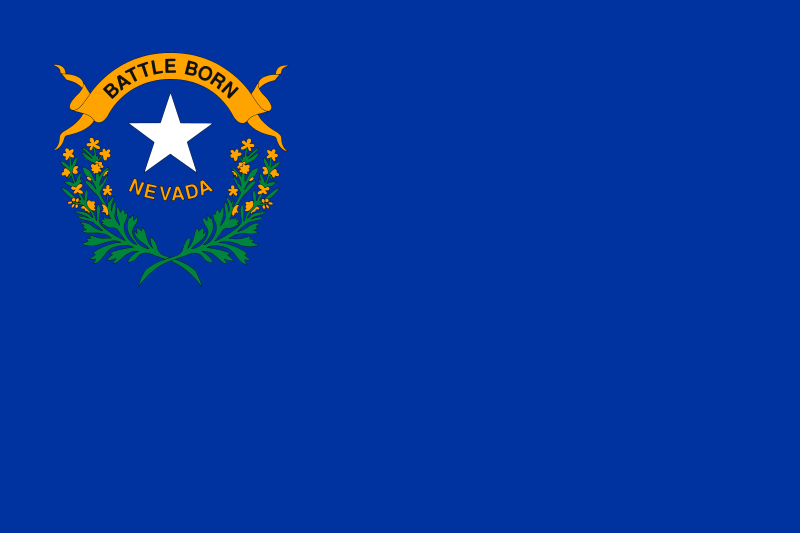 Nevada-NV
Nevada-NV

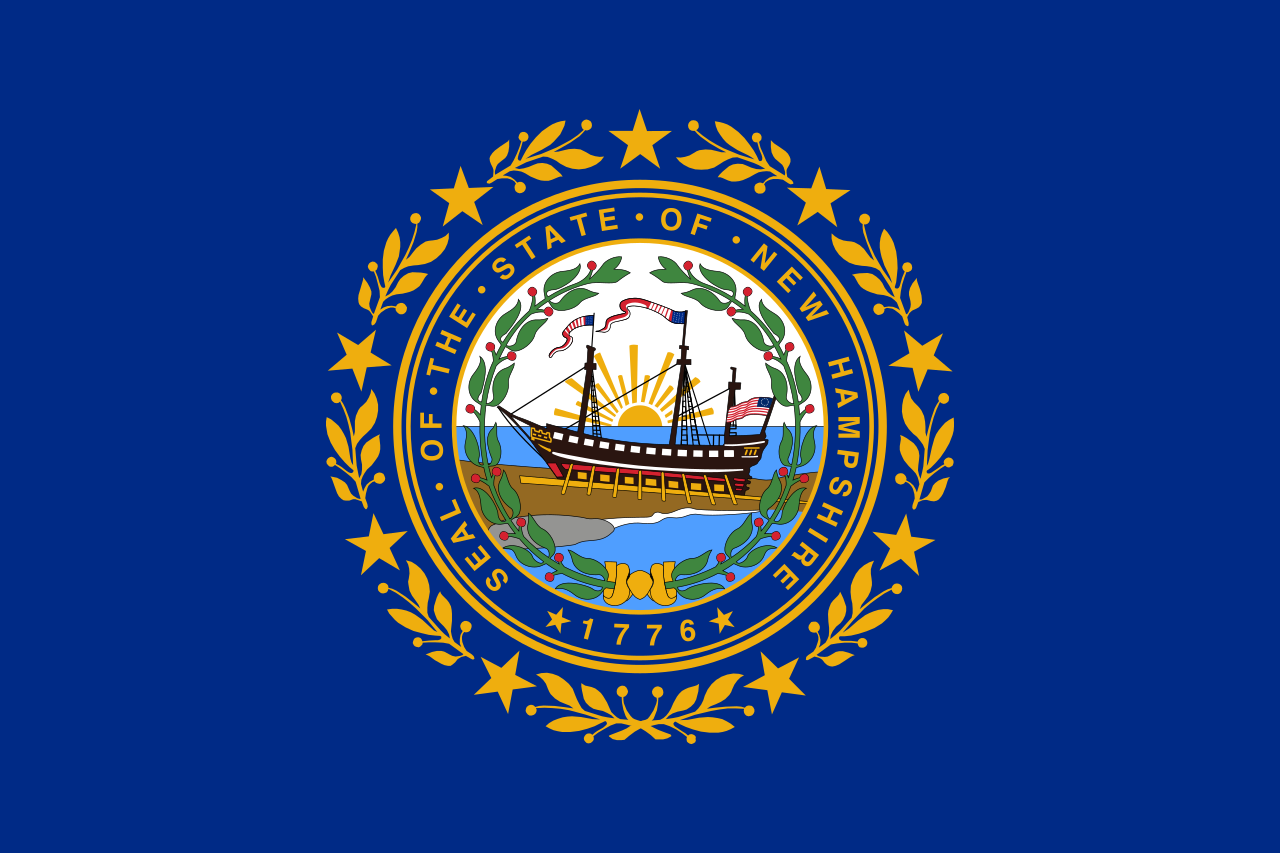 New hampshire-NH
New hampshire-NH

 New jersey-NJ
New jersey-NJ

 New mexico-NM
New mexico-NM

 New York-NY
New York-NY

 North Carolina-NC
North Carolina-NC

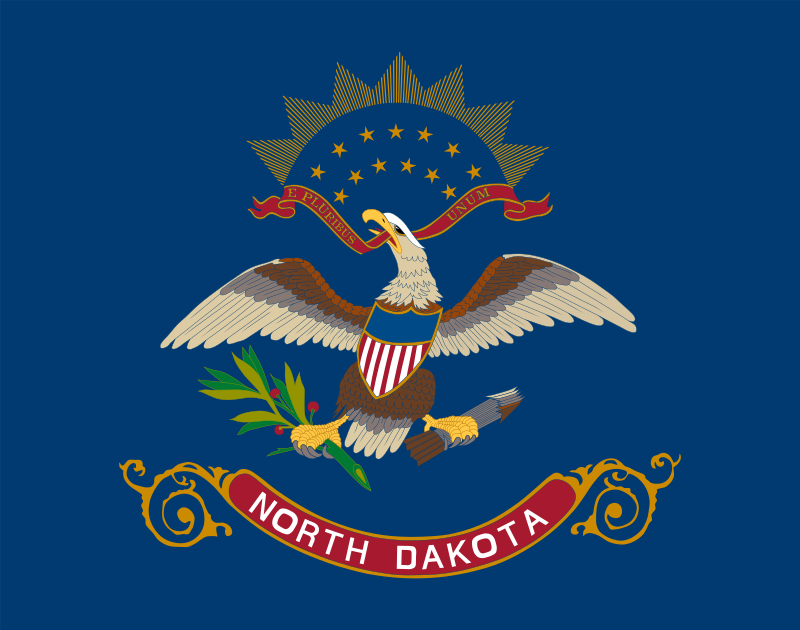 North Dakota-ND
North Dakota-ND

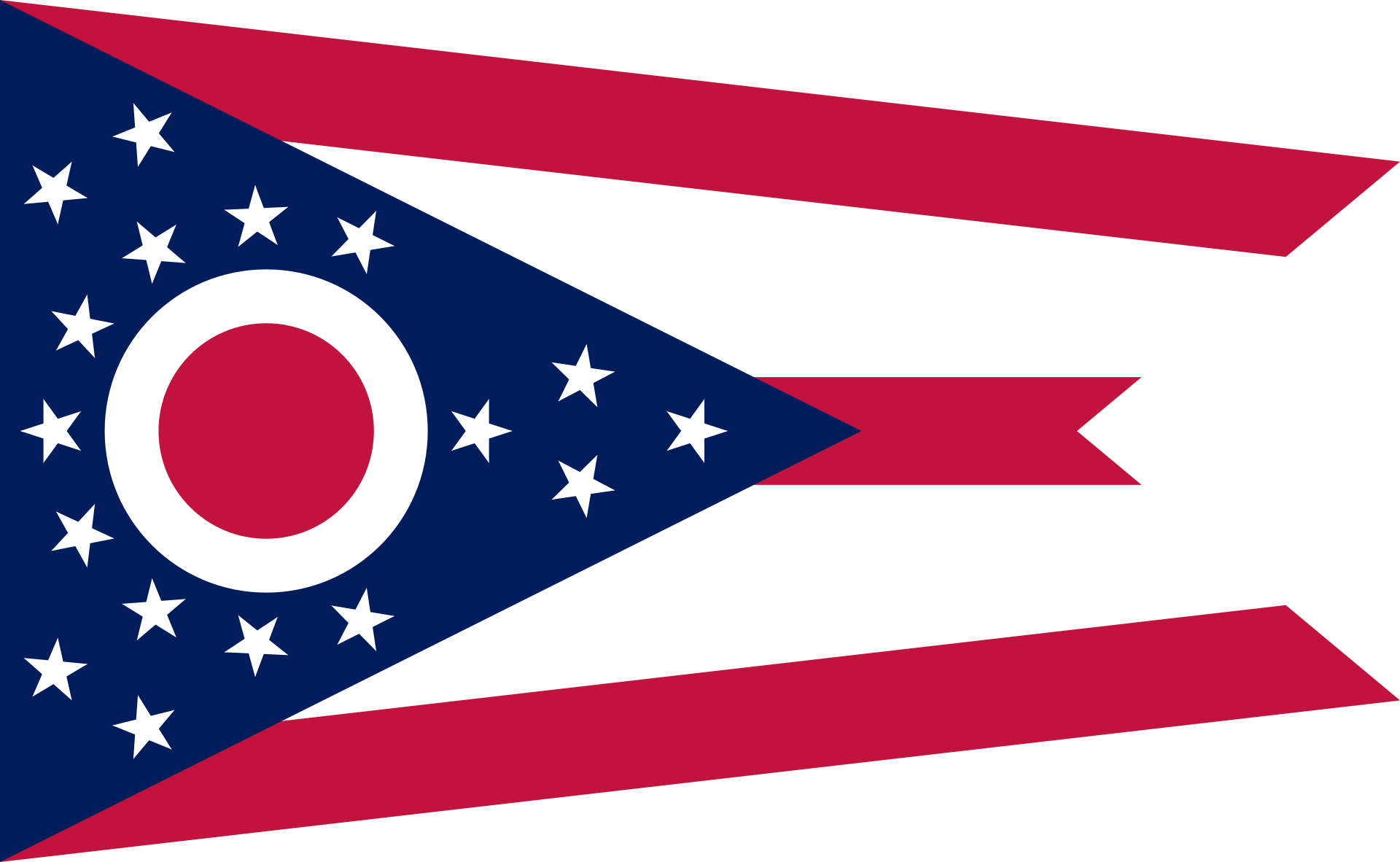 Ohio-OH
Ohio-OH

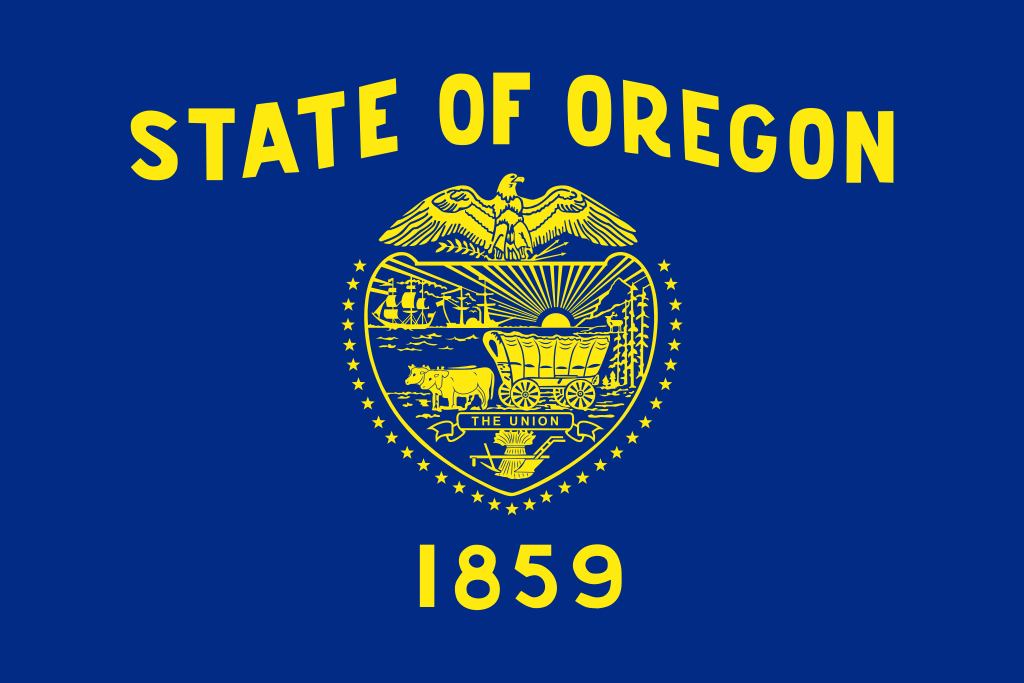 Oregon-OR
Oregon-OR

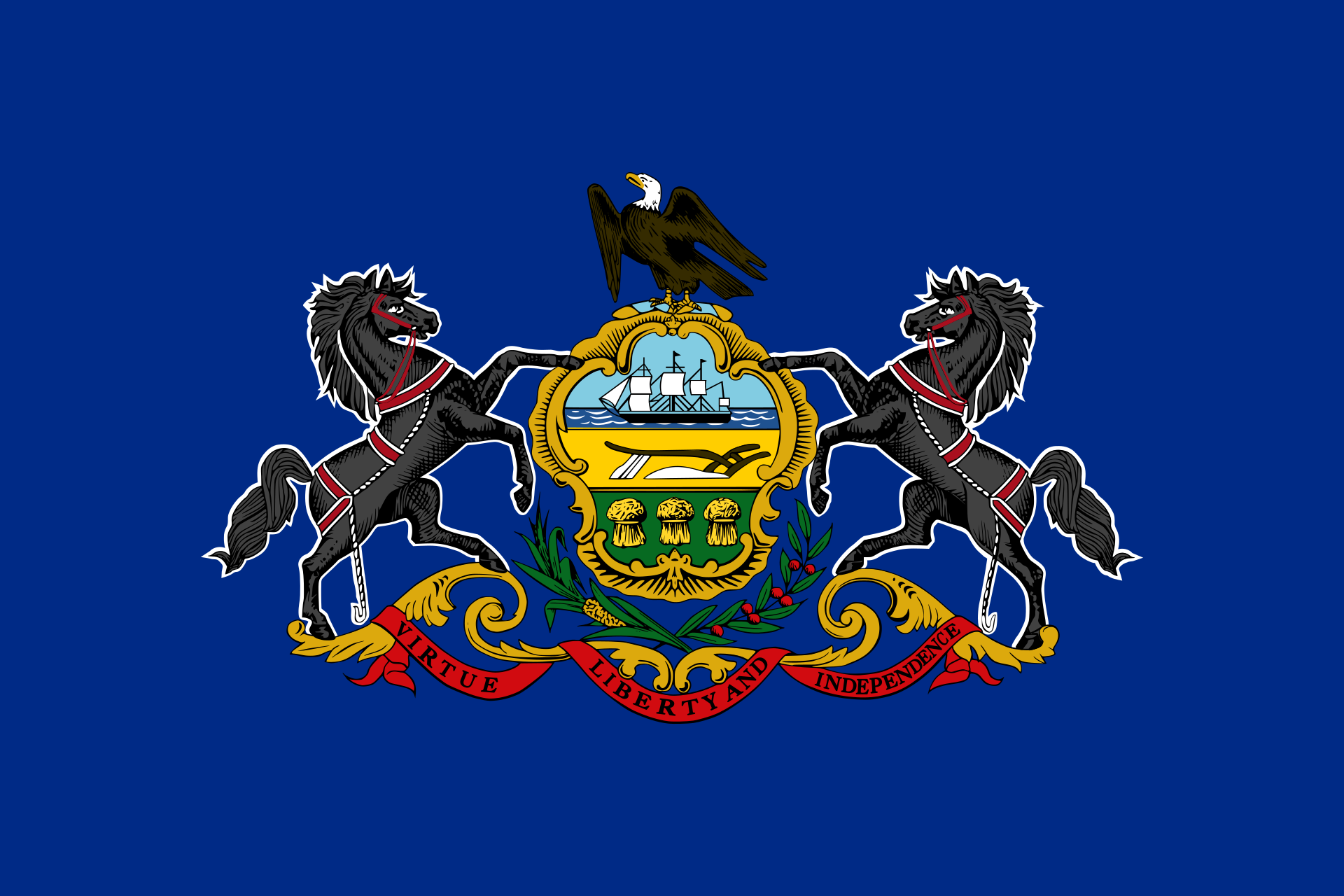 Pennsylvania-PA
Pennsylvania-PA

 Rhode Island-RI
Rhode Island-RI

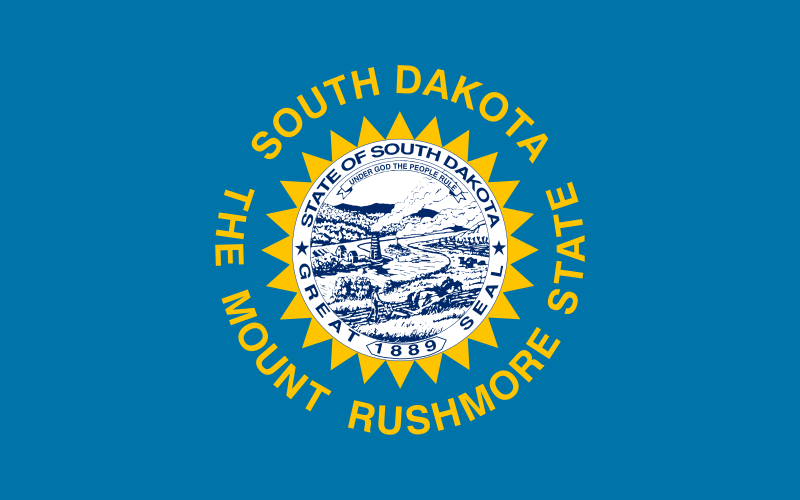 South Dakota-SD
South Dakota-SD

 Sport
Sport

 Tennessee-TN
Tennessee-TN

 Texas-TX
Texas-TX

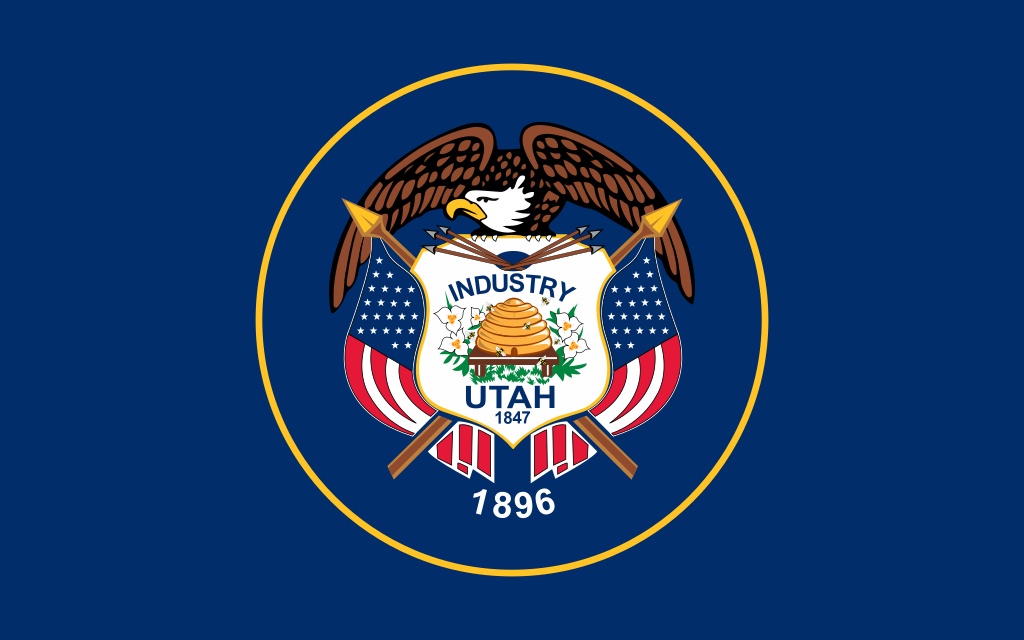 Utah-UT
Utah-UT
 United States
United States

 Vermont-VT
Vermont-VT

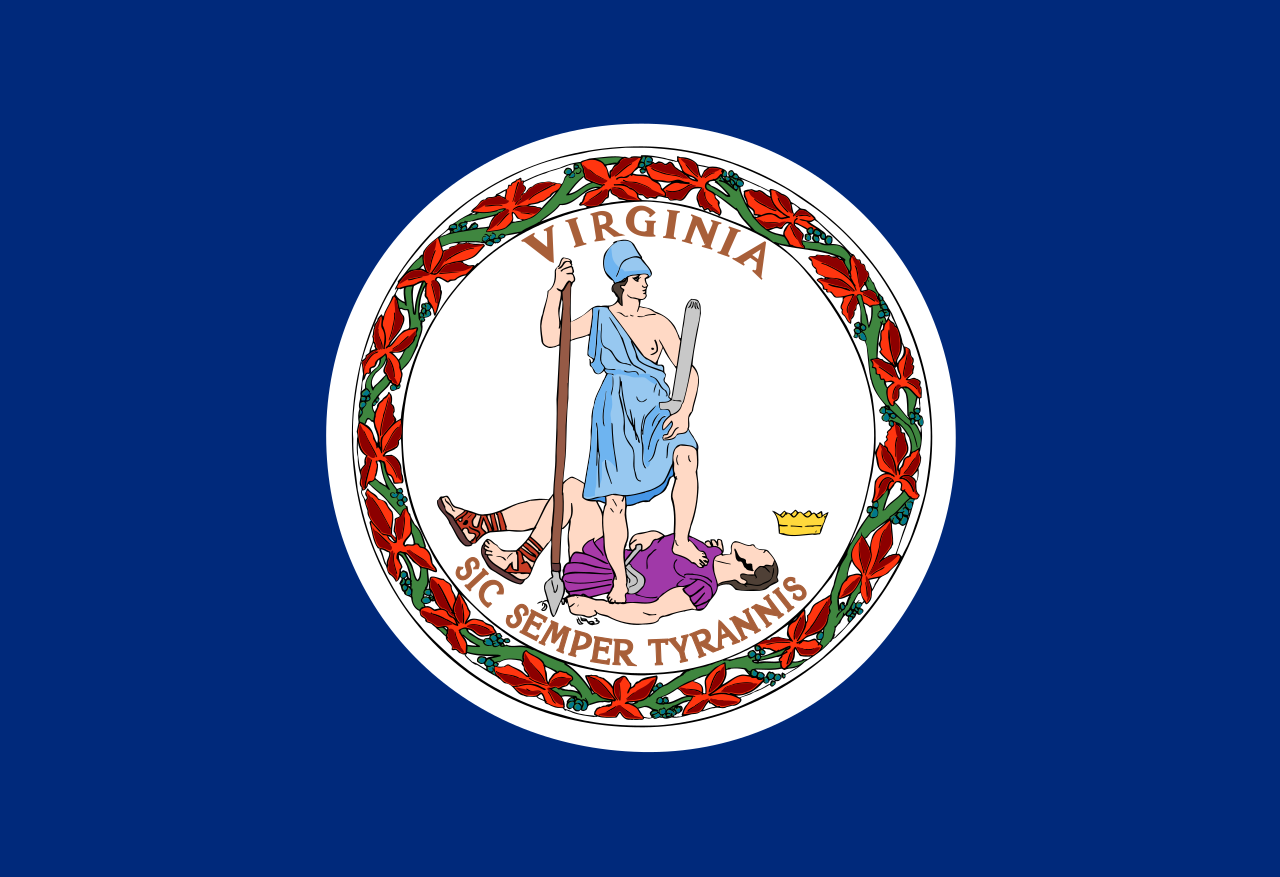 Virginia-VA
Virginia-VA

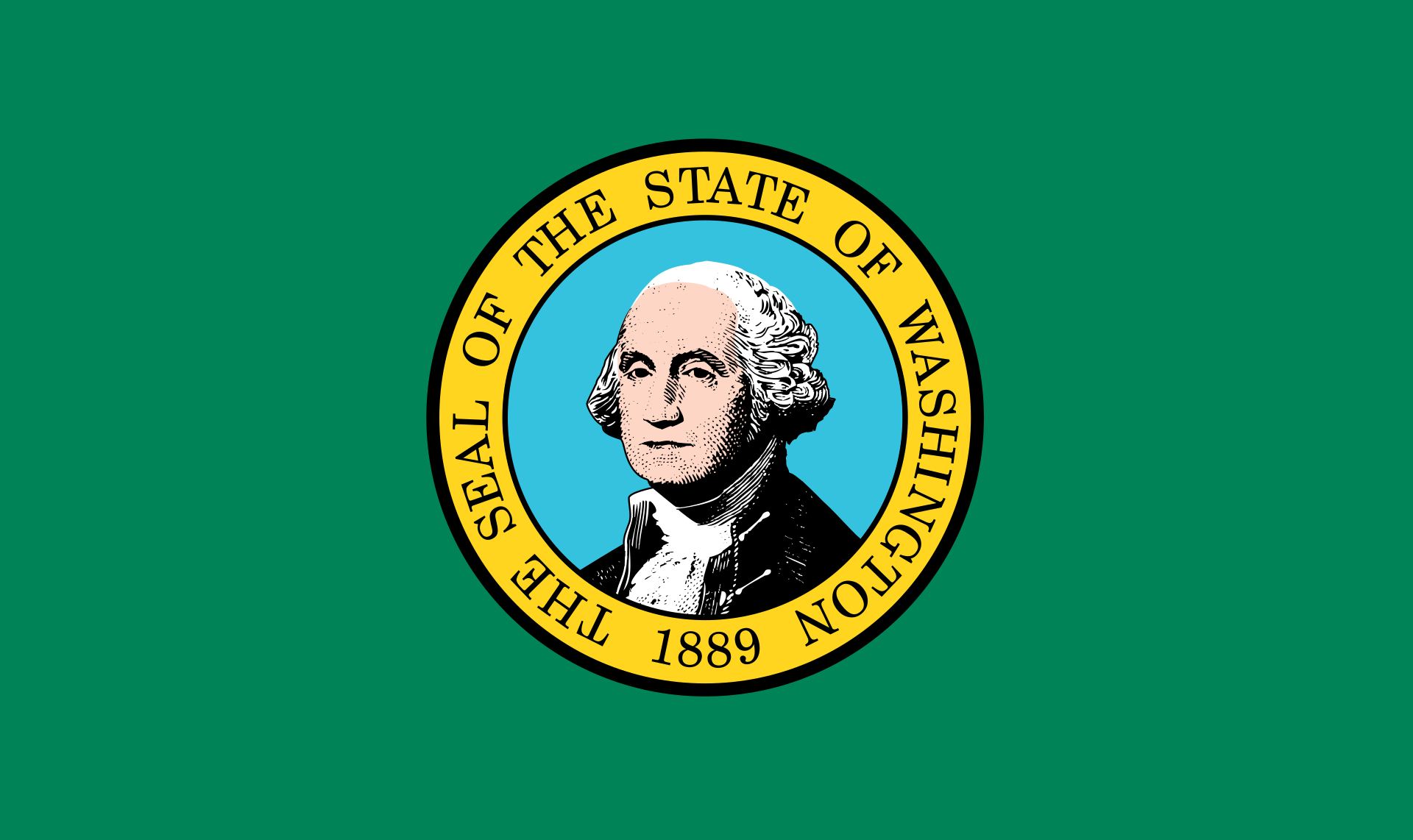 Washington-WA
Washington-WA

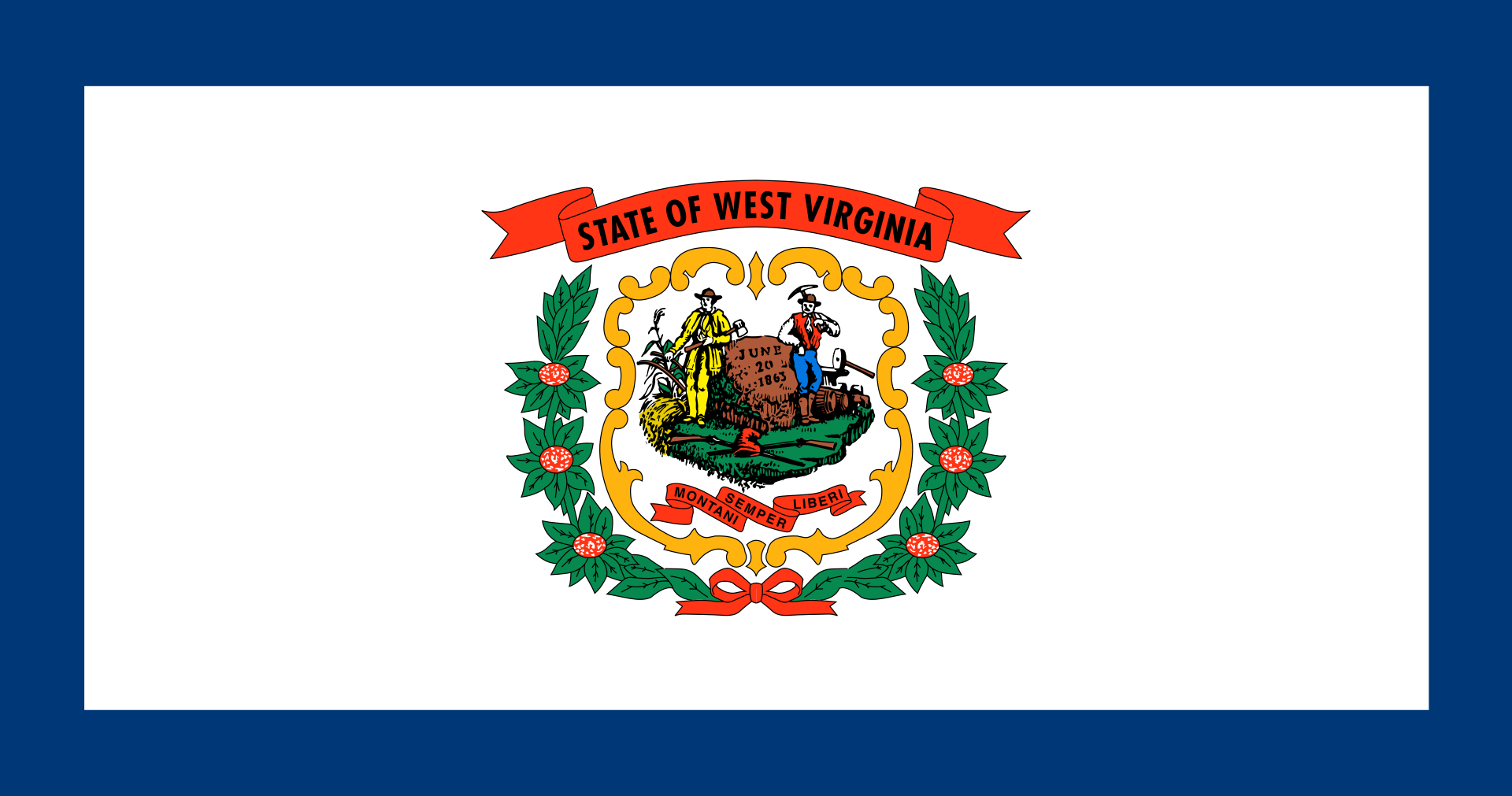 West Virginia-WV
West Virginia-WV

 Wisconsin-WI
Wisconsin-WI

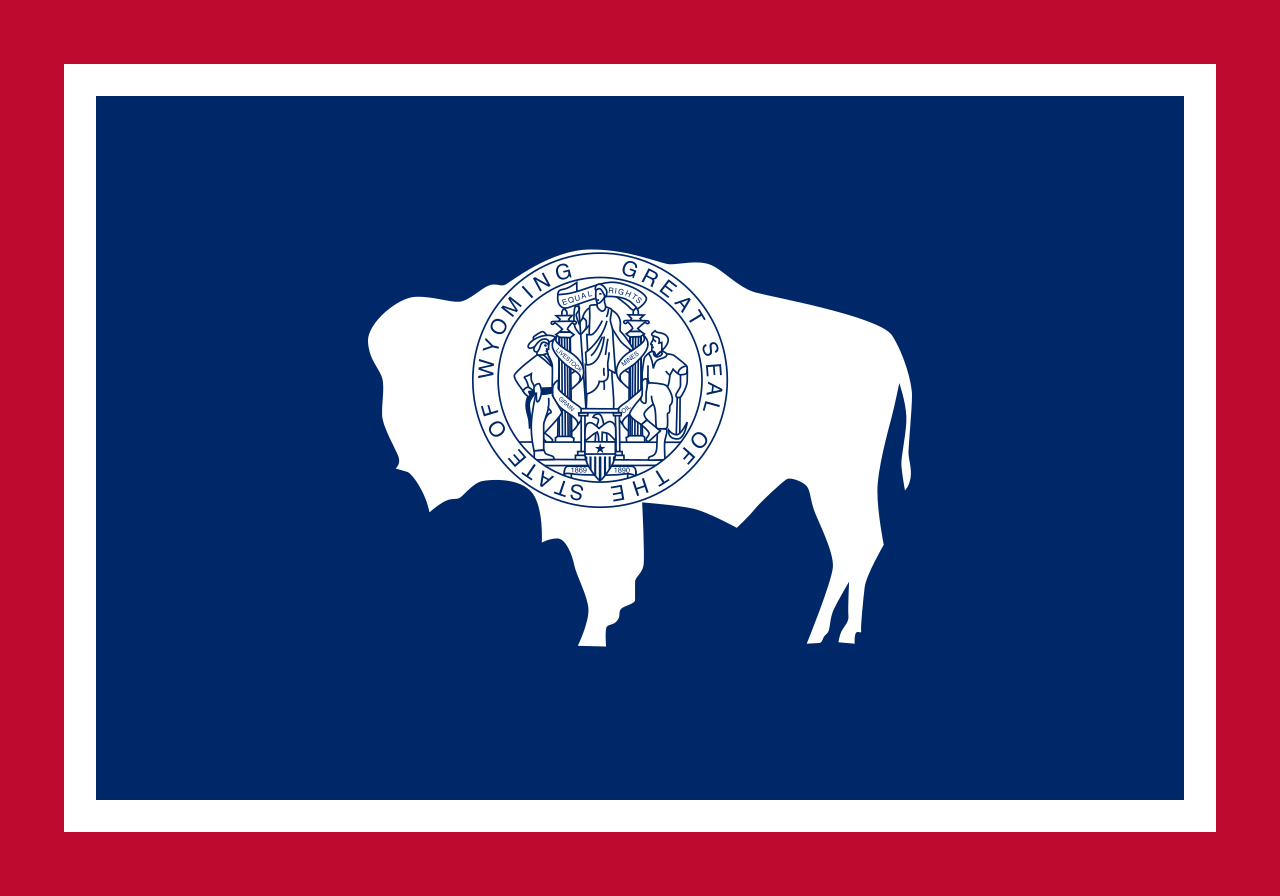 Wyoming-WY
Wyoming-WY
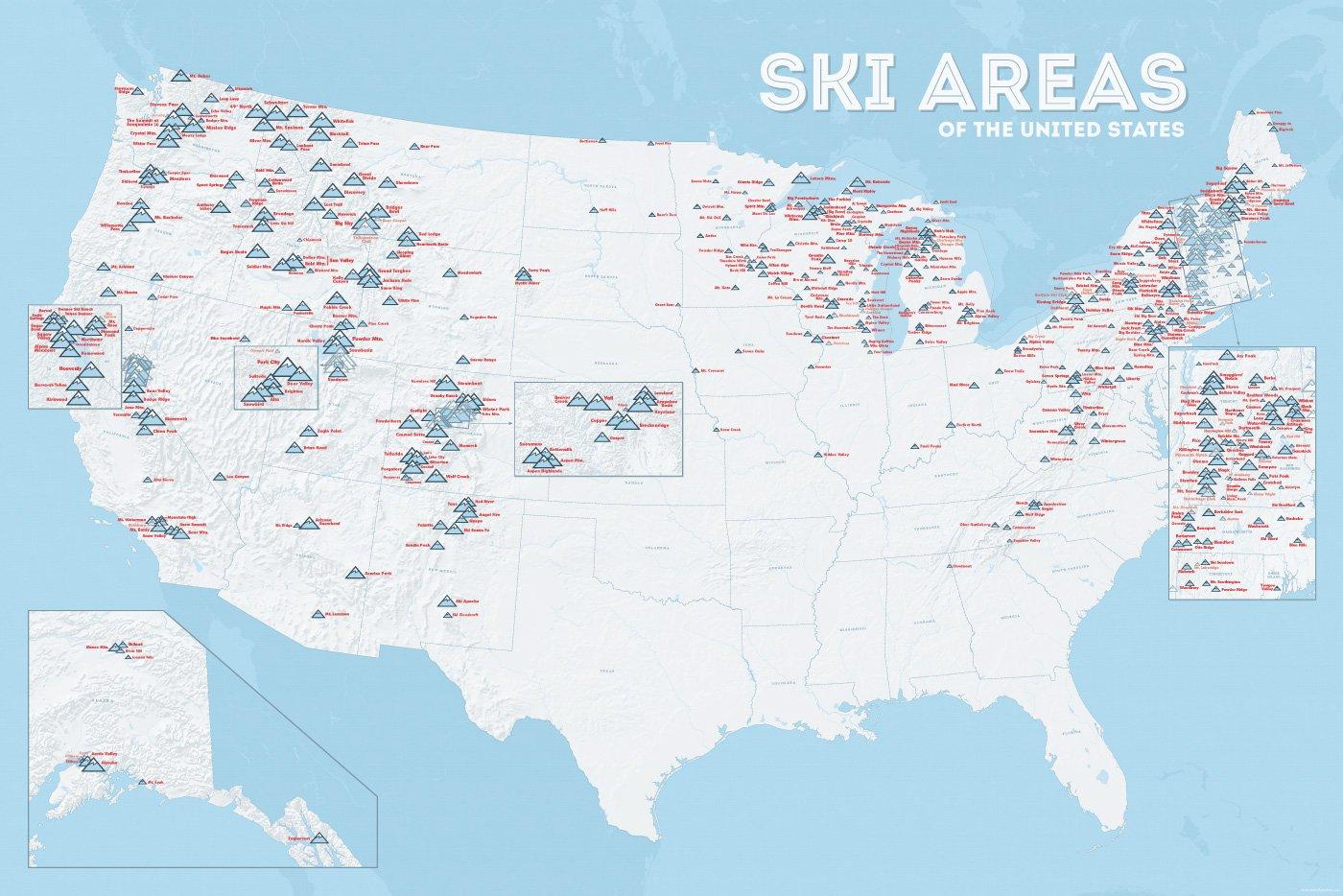
 International cities
International cities
 Geography
Geography
 FIFA Fussball-Weltmeisterschaft 2026
FIFA Fussball-Weltmeisterschaft 2026
 Architecture
Architecture
 Ski vacation
Ski vacation